Expanding Visual Perceptual Skills
Visual perception is the ability to understand one’s surroundings based upon what is seen. Visual perceptual skills involve the use of eye muscles to look over the surroundings, use of language to describe the surroundings, and use of hands and feet to manipulate objects in the surroundings. Different aspects of visual perception are used for self-care, social and academic skills.
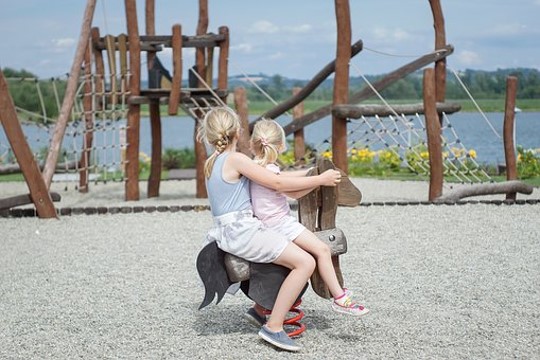
Common Types of Visual Perceptual Skills:
Early in life, children begin learning about visual perception by matching objects by features such as shape, color, and size. This is a visual skill that is generally referred to as Visual Discrimination. Children show an understanding of visual discrimination when they pick out their favorite toy, snuggle pet, blanket, or even a pacifier from among a group of different items.
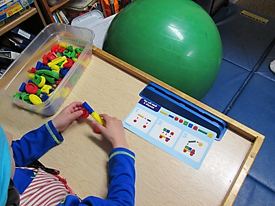
Choosing a shape that matches the card is an example of a Visual Discrimination task 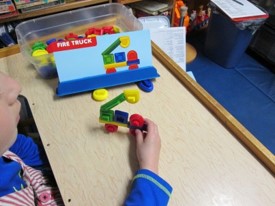
Mission accomplished!
A more advanced form of visual matching is seen when a child can recognize one of their favorite items when it is jumbled together within a busy background such as a laundry basket. In this case, the skill would be referred to as Figure-Ground Discrimination because the child was able to pick out the target, (or figure) from a challenging background of similar items.
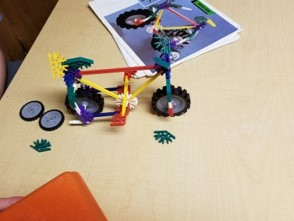
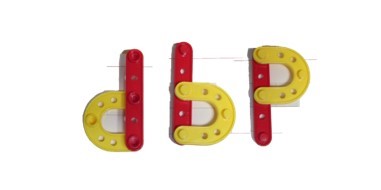
Spatial Orientation
Children start dealing with yet another type of visual perceptual skill when they begin to learn about letters and numbers. This form of visual perception deals with understanding what objects look like when they are turned or rotated. This type of visual perception can be seen when a child mistakes a “b” for a “d”, an “m” for a “w”, or even a “6” for a “9”. In this case, how the shape is turned makes the difference. This visual perceptual skill is called Spatial Orientation.
The development of more advanced skills such as Visual Association tends to come about with exposure to novel experiences. The term Visual Association Skills refers to the ability to label an object and to figure out what it is used for. For instance, when traveling and looking for a public bathroom, the ability to associate appropriate action with the symbols on a hallway door (i.e. male, female, handicapped, childcare) is an example of how visual association skills are used. Children tend to use visual association skills every day as they continue to learn through being introduced to novel experiences. As they see something new or learn new words, they become involved in integrating what they have seen with what they have heard.

For example, looking at hand tools brings to mind the name of the tool and how to hold it.
Let’s Play!
Puzzles can be a playful way to expand visual perceptual skills. This is in part because of the many different types of puzzles that are available to meet assorted ages and stages of visual perception. Different types of puzzles include: Classical puzzles, construction toys, motor mazes, and other types. We will be discussing the use of different types of puzzles to expand visual perceptual skills in a subsequent blog. For now, consider these three steps to expand visual perceptual skills when using classical puzzles with your child.
As you show the picture of the puzzle, say:
- “What is this puzzle about?”
- “Tell me a story about what is happening in the puzzle”
- “What part of the puzzle should we start with?”
- As the child picks up a puzzle piece, ask “what is that piece a part of?” “How can you tell?”
Virtual consultation and treatment available through our online services. Contact us directly at info@doverehab.com for further information.
For more information on this topic please refer to our post on visual processing skills and this article by Understood.org.


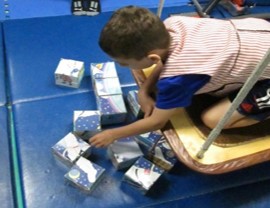

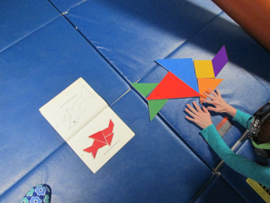
Comments are closed.